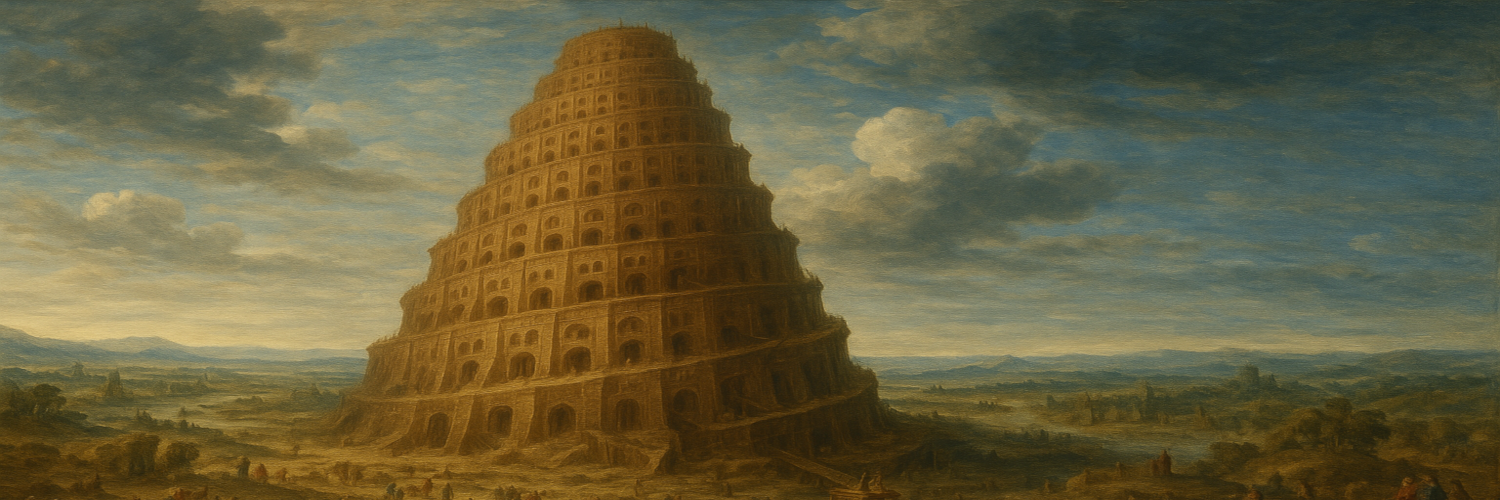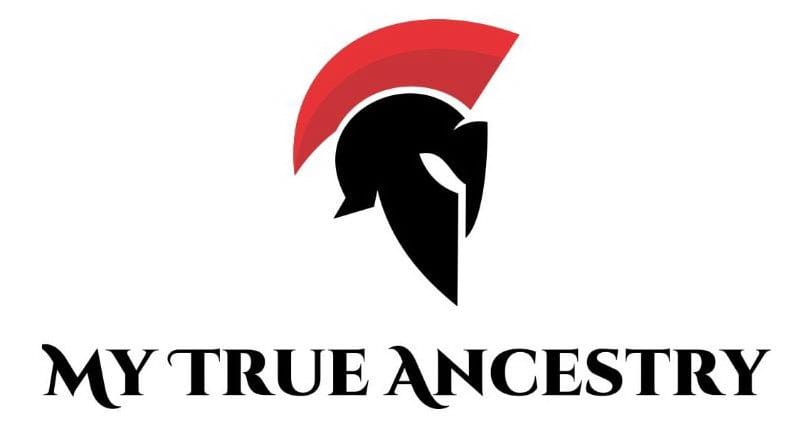Uncovering the Genetic Mysteries of the Faroese People




The Faroe Islands, a rugged and remote archipelago in the North Atlantic, is home to a remarkable population descended from a mix of Scandinavian and Celtic ancestors. This distinctive blend has been both a concoction of isolation and shared European histories, with settlements originating as far back as the 4th century CE. The study of Faroese genomes unravels a tapestry woven with threads of historic migrations, founder effects, and genetic diversifications that paint a vivid picture of human adaptation and survival in one of Europe's most isolated regions.
The archaeological whisperings of the past uncover connections between the modern Faroese genes and those of ancient Iron Age inhabitants from across Europe. This is no ordinary genetic study; it ventures deep into bygone eras, digging through the sands of time at dig sites such as the Sandur church on Sandoy, bringing stories of individuals separated by centuries, yet united by strands of DNA. The intriguing genetic tapestry of the Faroe Islands unravels the threads of its settlers, interwoven from the Scandinavian north and the Celtic west.
According to comprehensive research employing whole-genome sequencing from the FarGen project, these islanders reveal a unique blend of genetic contributions that hark back to the Viking seafarers and earlier dwellers from the British Isles. Delving into the annals of history, the Faroes appear to have witnessed habitation dating as far back as the 4th to 6th century CE, albeit with firmly chronicled human presence from the Viking expansion of the 9th century.
What makes the discovery of these genetic strands even more riveting is their ability to piece together historical puzzles, such as the predominance of "West" and "North Europe" ancestry among the islanders. This analysis reveals how Viking Age mainland adventurers left their genetic footprints across the islands, enriching the Faroe Islands with a distinct genetic signature, a time capsule of old-world Europe. The genetic explorations demonstrate a fascinating mosaic: the maternal lines suggest a dominant British Isles heritage, while the male lineage exhibits a pronounced Scandinavian signature.
Maritime sagas and historic chronicles have long hinted at these ventures across the tempestuous North Atlantic seas, painting the canvas with a blend of Scandinavian explorers and adventurous souls from the British Isles. Analysis of ancient Faroese genomes, including those unearthed from the Sandur church site on the island of Sandoy, provides evidence of these entwined ancestries stretching across millennia.
The islands stand as a genetic testament to historical movements; mitochondrial DNA studies revealed a strong maternal link to Celtic regions while paternal lineage's origins trace back to Scandinavian warriors. Here, men and women of distant shores met, mingled, and laid the foundation of a unique island gene pool. Revealed through these analyses, ancient individuals excavated from the Sandur site exhibit predominantly "West European" genetic influences, intriguingly reflective of early Celtic cultures that once grazed upon these northern shores, while a 17th or 18th-century discovery from Suðuroy aligns similarly.
The recent Faroese Genome Project has embarked on a groundbreaking exploration of the genetic tapestry of the Faroese people. Comprising a cross-section of 40 individuals, this genome sequencing study has unearthed tantalizing signals of recent positive selection, particularly in genes linked to diet and environmental adaptation. These discoveries merge the cutting-edge science of genomic sequencing with the tangible histories of archaeological sites and the romantic sagas of ancient peoples.
Runs of Homozygosity (ROHs) unfold the tale of population bottlenecks, events when the population size shrank dramatically, leaving longer stretches of identical DNA sequences. A detail echoed from history to genome, suggestive of isolation and limited mixings with outsiders, resulting in the enigmatic genetic landscapes we see today. Deep within the quaint and mist-laden Faroe Islands lies a genetic mystery woven through a thick tapestry of historical migrations and long periods of isolation.
The present-day inhabitants of these remote islands, descendants of a group of North Atlantic founders, still carry enigmatic genetic markers indicative of their ancestors' turbulent past. The study showcases how the Faroese population has retained higher proportions of their genome in long stretches of continuous homozygosity that are longer than those found in other European populations, even those with known historic isolation like the Finnish.
Travelling back to the 9th century, the islands were settled, as sagas suggest, by adventurers from Scandinavia and the British Isles. However, whispers in the genetic code hint at earlier visitors, potentially dating to the 4th–6th centuries. Archaeological finds bolster these tales, suggesting an intriguing blend of genetic legacies from the British Isles and Scandinavian roots. The Faroese Genome Project uncovered clusters of genetic similarities with Iron Age individuals from Northern and Western Europe.
Such findings echo the ancient life stories of cultural exchange, migration, and survival against the backdrop of the North Atlantic's tempestuous splendor. The haplotypes, or genetic segments, in modern Faroese individuals trace back to these ancient epochs, intertwining with those who traversed similar longitude and latitude, linked in time by genetic footprints left in the earth and sea. The unique genetic structure of the modern Faroese people is a result of historical bottlenecks, genetic isolation, and subsequent demographic expansions.
Among the more exhilarating genetic tales are those related to dietary adjustments—a nod to the crucial balance between nourishment and environment. Certain genetic signals highlight adaptation to the traditional sustenance of the islands, primarily reliant on marine and animal fat sources like whale blubber and cod liver. This tailored diet perhaps alleviated pressures for lactase persistence—an ability many Europeans developed to digest milk beyond childhood.
In the Faroe Islands, with limited cattle and dairy dependency, other dietary strategies may have taken evolutionary precedence. Marvelously, the study surfaces evidence of adaptation in genes involved in processing vitamins and fats, such as the SLC10A1 gene linked to the absorption of vitamin D and dietary fats—essential for survival where sunshine is as elusive as a summer's day without rain. The story extends to the POLQ gene, a protector of DNA integrity, delicately understating the ancient dance between mutation, repair, and survival amidst life's relentless march.
Despite the size of their secluded home, the Faroese have made significant genetic contributions to understanding global ailments like multiple sclerosis and type 2 diabetes. The island's genetic specifics, alongside cultural culinary shifts, hint at evolutionary adaptations observed in the DNA repair genes and those affecting fat metabolism, differing from the broader European gene pool. What makes this tale riveting is the very evidence of ancient genetic constrictions—a telltale sign of a challenging history.
As the contemporary Faroese people stand, their genetic material speaks of not just geographical seclusion but of moments in their lineage where they encountered genetic bottlenecks. Such bottlenecks likely occurred as their small founding populace grew and navigated succeeding waves of migration. As it often happens in isolated islands, these bottlenecks caused a reduced genetic variety among them, leaving them unique strands of genetic code passed down through the ages.
Beyond the data and genomes, there are real people, real stories. One historically captivating tale revolves around an ancient individual excavated from Suðuroy's ancient chapel site—almost entirely of Western European ancestry. This figure, shared with the archaeological narrative, might align with local legends of Irish monks predating the Viking settlements. Such vignettes transform sterile datasets into vibrant stories sketched from the cryptic twining of human journeys.
An enthralling result of this inquiry paints a picture of continuity with ancient populations, where substantial runs of homozygosity in Faroese genomes reveal echoes of the founder effect—episodes of isolation and limited genetic influx over the centuries. In essence, the landscape of ancestry described in this study affirms the Faroese history as a delightful intercontinental conversation across time, capturing the spirit of ancient wanderers who sowed the seeds of the modern population.
Imagine the windswept landscapes of the Faroe Islands, a cluster of eighteen rocky outcrops between Norway and Iceland, cloaked in mist and mystery. These islands, with their rugged beauty and isolation, have long fascinated historians and archaeologists. New genetic studies are now casting light on the intriguing past of their inhabitants, revealing not just stories of human adaptation but also echoes of ancient migrations and connections that ripple through millennia.
The project does not merely linger in bygone eras but also casts light on how these ancient connections manifest in contemporary genetic paneling. By bridging the chasm of time, genes left whispered traces in modern Faroese peoples. This biological exchange points not only to a shared past with Europeans but potentially augurs significant implications for diseases and traits shared by these populations, hinting at a complex genetic interplay that shaped this distinctive insular community.
Interestingly, these ROHs not only point to the storied past but present hints at how their ancient diet and lifestyle might have played a role. Imagine Iron Age individuals hailing from the rugged coastlines of North and West Europe, leaving footprints etched in the genetic threads of the Faroese. The study interlaces these historical narratives with scientific data, demonstrating how genes responsible for dietary fat absorption, vitamin D metabolism, and DNA repair have been highlighted through positive selection.
The Faroese Genome Project, thus, is not merely an illumination of genetic diversity; it is a treasure trove of human tenacity, the enduring fabric of stories woven across time and tide, amplified by each sequenced genome. This exploration is an archaeological dig through the dense layers of genetic information, offering glimpses into human history and the remarkable journey of the Faroese people. Just as the stunning vistas of the islands hide in plain sight, so does the ancient choreography of DNA, waiting to be unraveled yet further by science.
The synergy between cutting-edge genomic tools and the esteemed FarGen Project unfolds an exciting frontier—one where each genetic discovery invites dialogue between history's ancestral whispers and our modern scientific understanding. So, as the Faroe Islands unfurl these stories, their horizons grow ever wider, beckoning the curious to revisit the mysteries sealed within each genomic sequence, transforming our understanding of human migration, adaptation, and survival in the harsh yet beautiful North Atlantic.

Comments